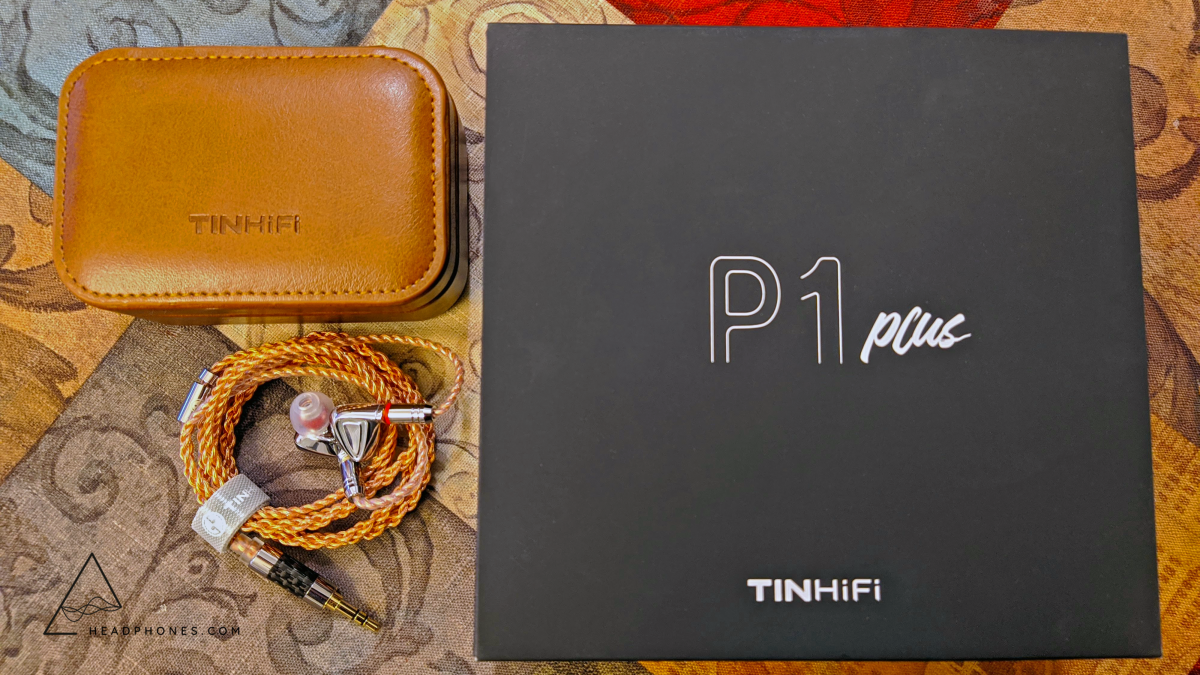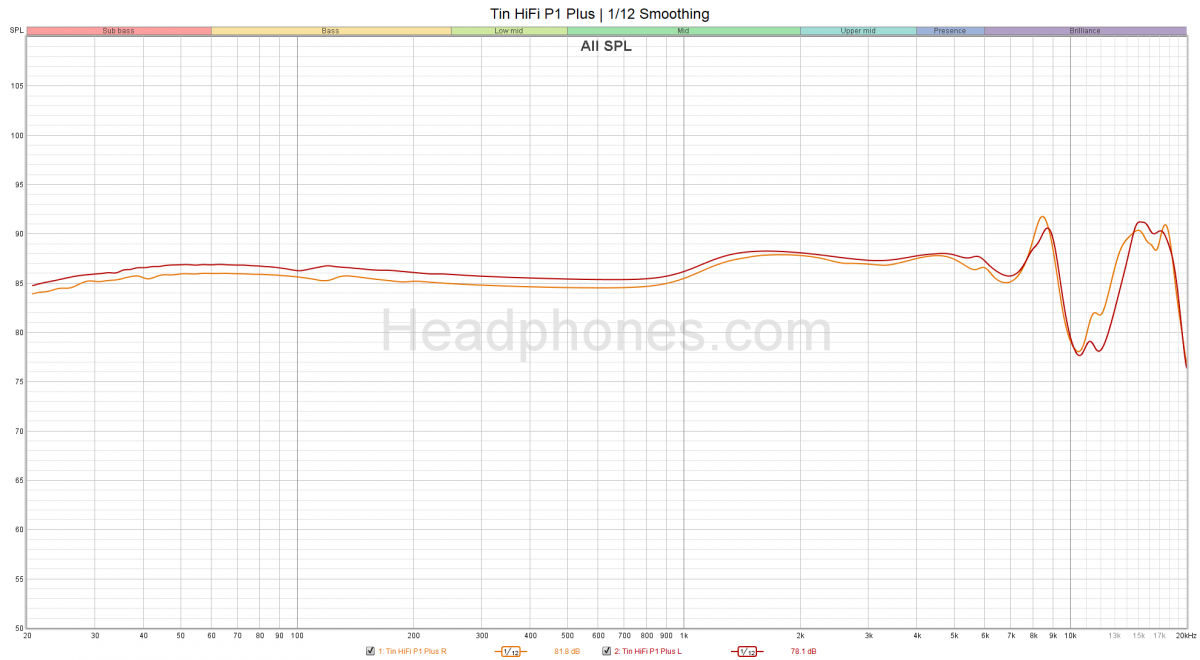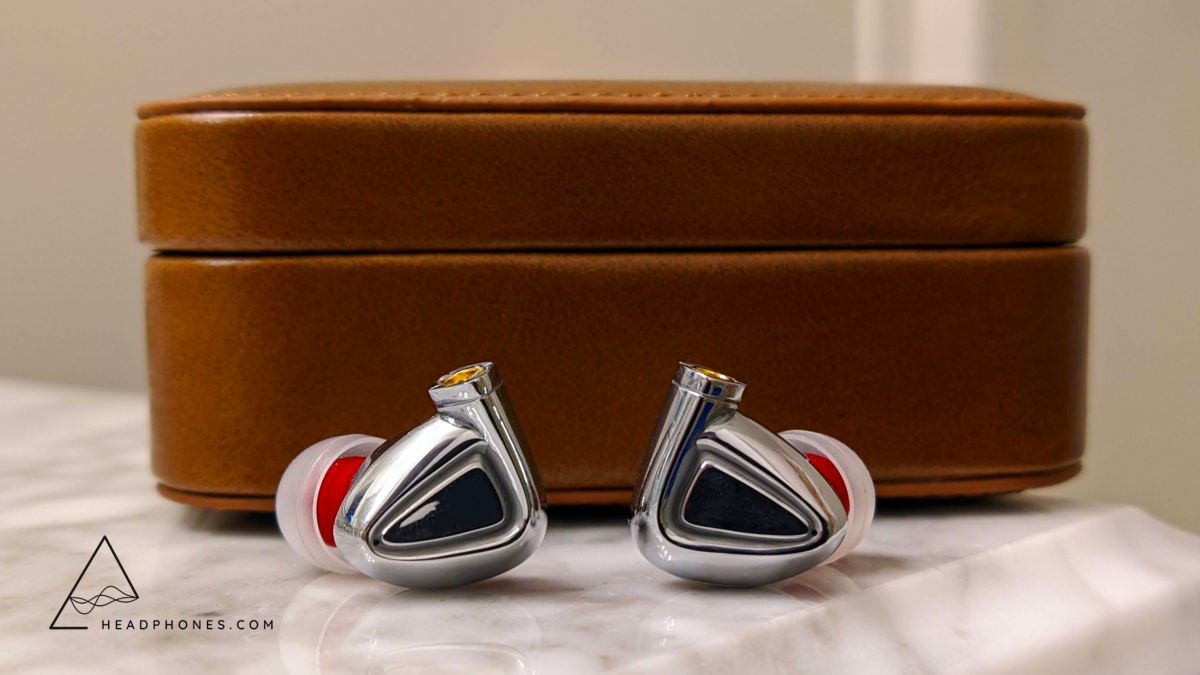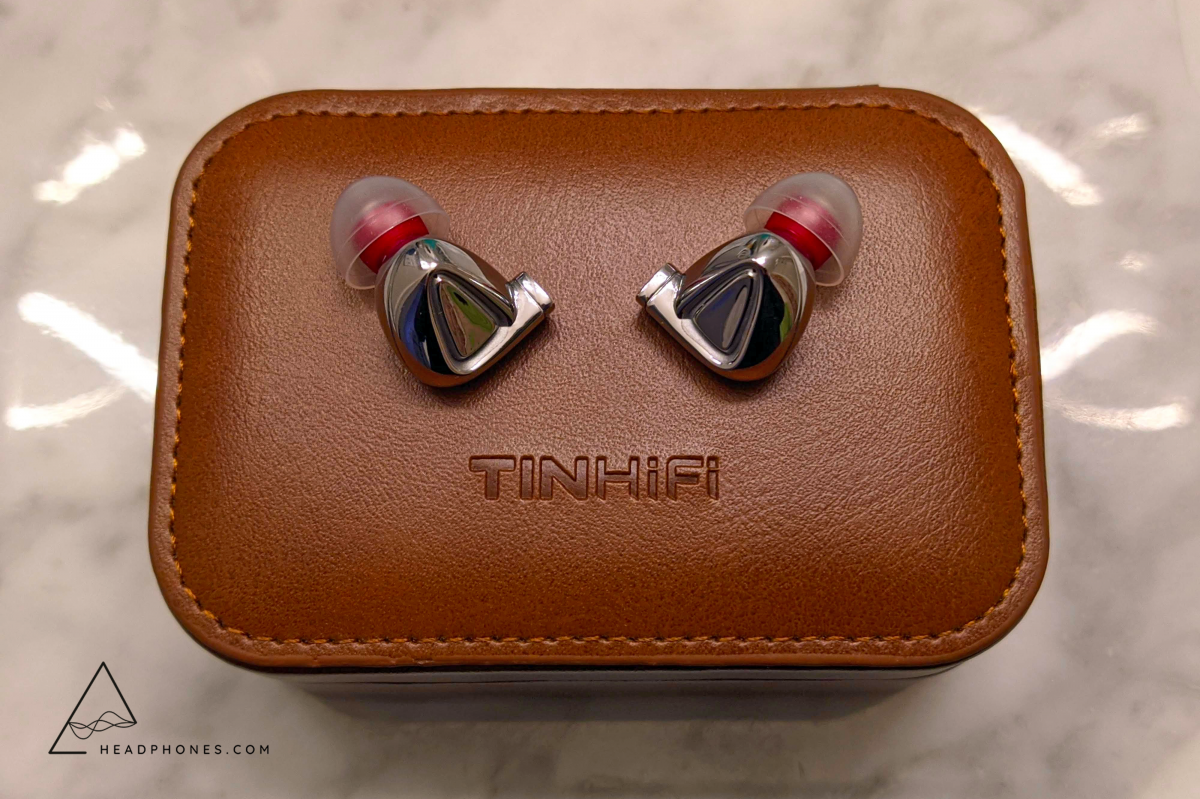Tin HiFi P1 Plus Review: Planar Take Two

Review written by @Fc-Construct
Review unit provided by Tin HiFi
Introduction
Tin HiFi is a brand that needs no introduction if you’re at all familiar with the recent state of ChiFi. As part of their spotted history, Tin HiFi was one of the first companies to release a relatively affordable, adequately tuned planar IEM with the introduction of the Tin P1 back in 2019. It was received with mixed reviews and raised eyebrows. But as the ChiFi market rapidly progressed, the P1 has faded into relative obscurity and remains little more than a curiosity piece. Well, Tin HiFi has decided its time to revive this product line with the release of the $169 Tin HiFi P1 Plus.
What’s in the Box?
The box and accessories of the Tin HiFi P1 Plus look to be similar to that of the original P1. You get a few sets of standard silicon tips, a couple sets of foam tips in different sizes, and a faux-leather pop-up carrying case. The MMCX cable is nothing to write home about and I’m not a fan of it. There’s a decent bit of cable memory and it tangles fairly easily especially around its pre-molded earhooks.

The shell of the P1 Plus looks functionally similar to the original P1. My guess is that they are re-using the old shell to save on machining costs. In other words, it’s a triangular, golf-head like metal shell with an angled nozzle. The fit was surprisingly awkward and challenging to get right. I found that I couldn’t consistently get a seal and had to fiddle around a bit to make sure it was proper. I eventually settled on a pair of Spin Fit tips but even then, it wasn’t the best. It’s a little odd as I certainly did not expect the fit to be this finicky judging by the small size of the shell.
Sound
My first impressions of the P1 Plus weren’t the most positive. While the tone was OK, the upper midrange felt recessed, the upper treble sounded exaggerated, and technical performance was middling. With this, the tuning of the P1 Plus can be characterized as neutral with a low pinna gain and total upper treble extension. I decided to shelve it for the time being. But as of writing this review and having given it about a week or two of dedicated ear time, the P1 Plus has started to win me over.

Frequency response of the Tin HiFi P1 Plus. Measurement taken with an IEC-711 clone microphone. Comparisons can only be made to other measurements taken by this specific microphone. A peak at about 8 – 10 kHz is likely an artifact of the microphone. It likely does not actually exist as depicted here.
It looks like my unit has a minor channel imbalance. Can’t say I noticed it during my review prior to taking the measurement.
Bass
The bass of the P1 Plus is clearly meant to follow a reference-style tuning, with an ever-so-slight bass elevation that prevents it from sounding lacking. Though almost flat, the P1 Plus emphasizes the midbass a little more given its responsive bass response. There’s no bloat or mud here to speak of. But neither is there a sense of weightiness or texture. Transients are a tad blunt while decay is fairly rounded. I don’t hear any sort of “planar timbre” here, or at least, not enough to take note of. Bass guitars and high toms are clean, but the kick and floor tom don’t have as much oomph as expected from a neutral tuning like this. All in all, I default to calling performance like this “serviceable”.
Mids
The second most distinctive thing of the P1 Plus is its low pinna gain. The IEM market has trended towards a midrange with that’s light on the lower mids and bountiful in the upper mids, putting vocal energy and clarity at the forefront. While I do enjoy that sort of tuning, I can understand that others might find it too shouty under certain situations. As such, the relaxed upper mids of the P1 Plus is a change of pace. The difference in tuning may initially be a little jarring for first time listeners, especially if you’re accustomed to IEMs with a more standard 8 – 10 dB of pinna gain at 2.5 – 3 kHz.

Effectively, this translates into a warmer tonality as the overall energy balance has shifted away from the upper mids. Vocals are pulled back and lack the sheer presence that allows them to cut cleanly right through the mix. Male vocals tend to be less affected than female vocals where a dose of upper mids is needed to bring life to certain tracks. That said, it doesn’t sound as if the vocals are lost on the P1 Plus. In fact, I find the backing vocals and harmonies slightly more prominent than usual, layering in nicely with the lead singer. As for the other instruments, the acoustic guitar comes off the best on the P1 Plus while the electric guitar could use a little more bite to them.
Treble
The most distinctive feature of the P1 Plus is its treble. While the lower and mid treble aren’t particularly striking, the upper treble stands out as it extends all the way out to 20 kHz without trailing off like almost all other IEMs on the market do. Unfortunately, I find that for certain genres such as hard rock or metal, busy hats and cymbals feel disembodied as they’re sharp, unbalanced, and exaggerated. The best way to describe it is that its as if there’s a splatter of brightness against a dull tuning. On the upside however, the treble extension nicely accentuates the notes in some styles of music with the occasional light touch of the cymbal or chimes. As such, I find it to be rather hit-or-miss. I like it as long as it doesn’t overstep its boundaries.
What I find interesting about the P1 Plus is that it’s not a very bright IEM. It lacks the lower treble brilliance and sizzle that would make it bright. If your music doesn’t have too many treble focused instruments and is more acoustically based, the P1 Plus can come off as warm. Neither is it super airy as it lacks the mid treble energy needed for vocals. Various instruments are thus presented in a different light. For example, the tamed smack of the snare drum’s head vs. the accentuated upper harmonics in the rattle of the snares. The P1 Plus is uniquely warm with seemingly disjointed upper treble, a combination you’ll be hard pressed to find elsewhere.

Presentation
Beyond its conflicting treble tuning, the P1 Plus is downright normal when it comes to its presentation. Soundstage and imaging are surprisingly decent. There's enough stage to provide sufficient space for instruments to play around each other. Resolution is on par for the price, even accounting for the so-called “fake detail” in the upper treble. Instrument separation is good; no instruments sound like they’re competing against each other. Layering is lacking however, except for the backing vocals blending in with the lead singer as mentioned above.
Should You Buy It?
Yes and no. At $169, the Tin HiFi P1 Plus is appropriately priced in my eyes. While I do like the idea of the P1 Plus as an IEM, the clashing nature of its tuning makes it hard to whole-heartedly recommend. But the bigger problem is existence of the 7Hz Timeless. While I didn’t do a direct comparison in this review, the 7Hz Timeless is the superior planar IEM in terms of both tuning and technical performance. That said, I do think the P1 Plus does something unique in the IEM market. It’s a neutral-style tuning with low pinna gain and accentuated treble extension. If you’re someone who wants exactly that, the P1 Plus may be for you. I can’t think of many other IEMs that do the same thing and I can certainly say that at least the P1 Plus does it adequately. Compared to the original P1 and P2, Tin HiFi is almost there with their planar implementation and upper treble woes. They just need to find a way to make it nicely balanced instead of a splatter of brightness. If nothing else, I applaud Tin HiFi for innovating with their tuning in a market that has seemingly converged into minor variations of a target curve.
-FC-Construct
